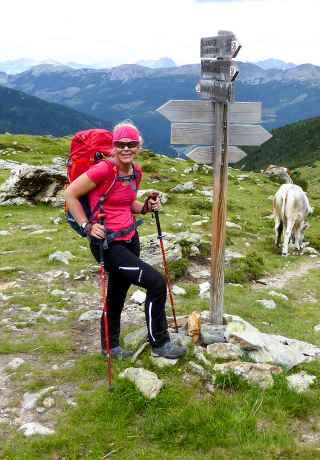
“If you have your own snowshoes, you should correctly adjust them at home before you set off on your tour.”
— Alix von Melle | LOWA PRO Team

Winter is here, whispering sweet nothings into your ear about the seductive trails blanketed with the season’s first snow that are just waiting to be explored. And there is no better way to do so than with snowshoes clamped onto your feet. Snowshoeing is pretty simple to do. But beginners, in particular, should keep a few things in mind: things like the right gear, the threat of avalanches and respect for people and nature.
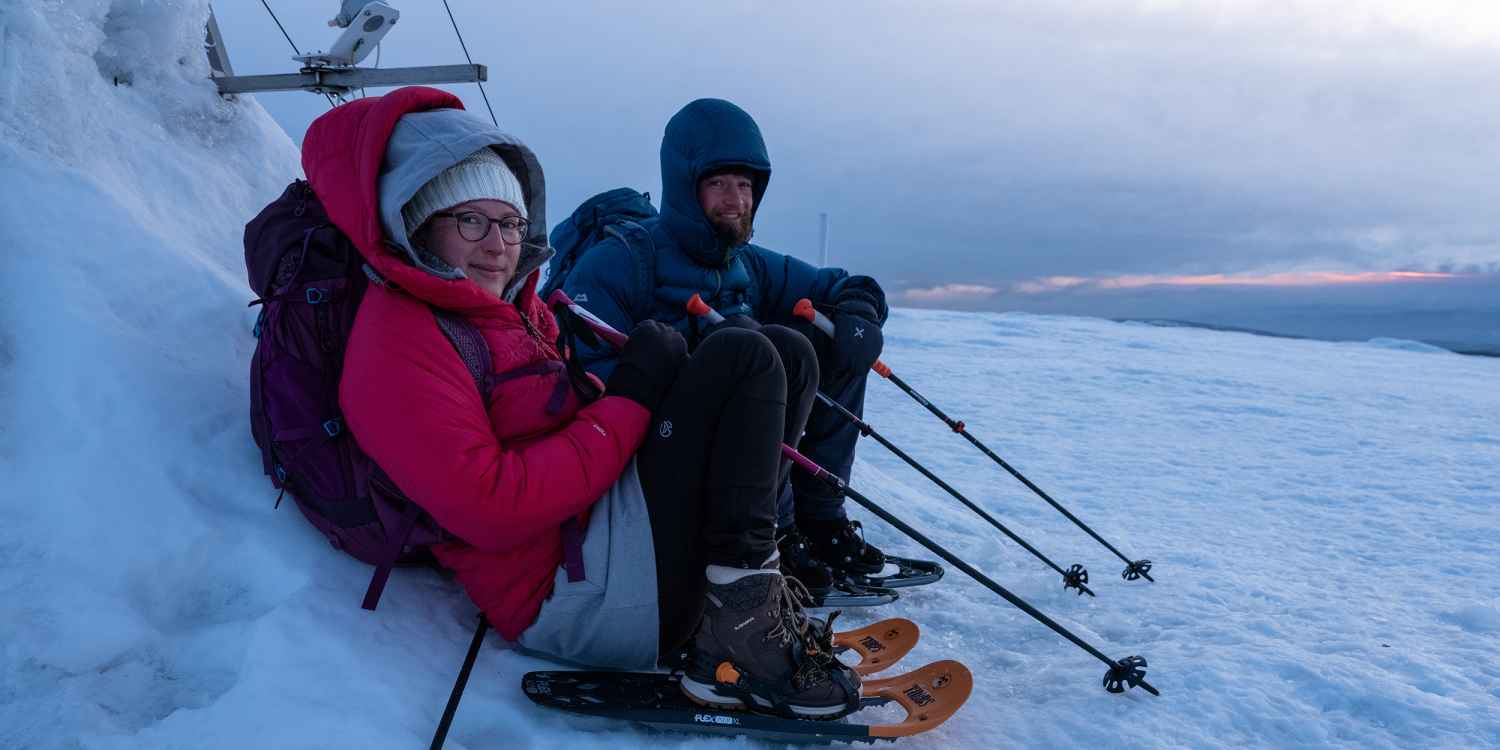
You should have the following equipment when you set off on a snowshoeing trek. By doing so, you will be ready to handle anything that might come your way and can enjoy the hike to its fullest:
Hiking boots
Snowshoes
Hiking or ski poles with large baskets
The appropriate clothing for the weather
A hiking rucksack packed with a sufficient amount of food
Emergency equipment including mobile phone (first aid kit, rescue blanket, avalanche transceiver, avalanche probe, avalanche shovel and head lamp)

“If you have your own snowshoes, you should correctly adjust them at home before you set off on your tour.”
— Alix von Melle | LOWA PRO Team
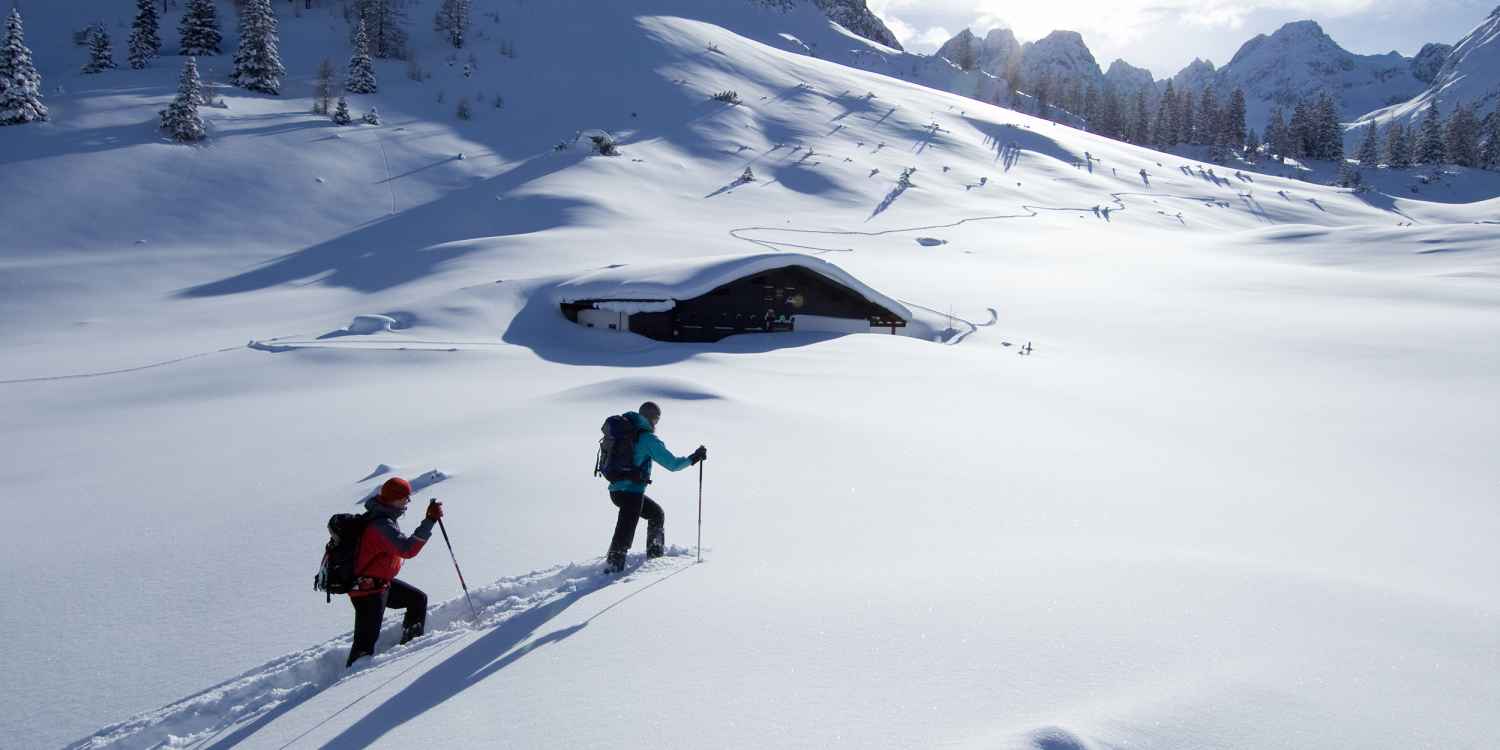

Our shoe tip:
YUKON ICE II GTX
Model for Women
Model for Men
For snowshoeing, we recommend ankle-high boots that have hard soles and are, above all, waterproof. Our special winter models, like the TIBET SUPERWARM GTX /Ws and the YUKON ICE II GTX /Ws, are the perfect choice for the teeth-chattering cold.
Both models deliver the highest level of comfort even when the mercury plunges well below freezing! The TIBET SUPERWARM GTX /Ws draws on its GORE-TEX® Duratherm lining and its effective PrimaLoft® insulation to produce this pleasant feeling for your feet. By contrast, the YUKON ICE II GTX /Ws uses a GORE-TEX Partelana lining and PrimaLoft®-200 insulation to get the job done.
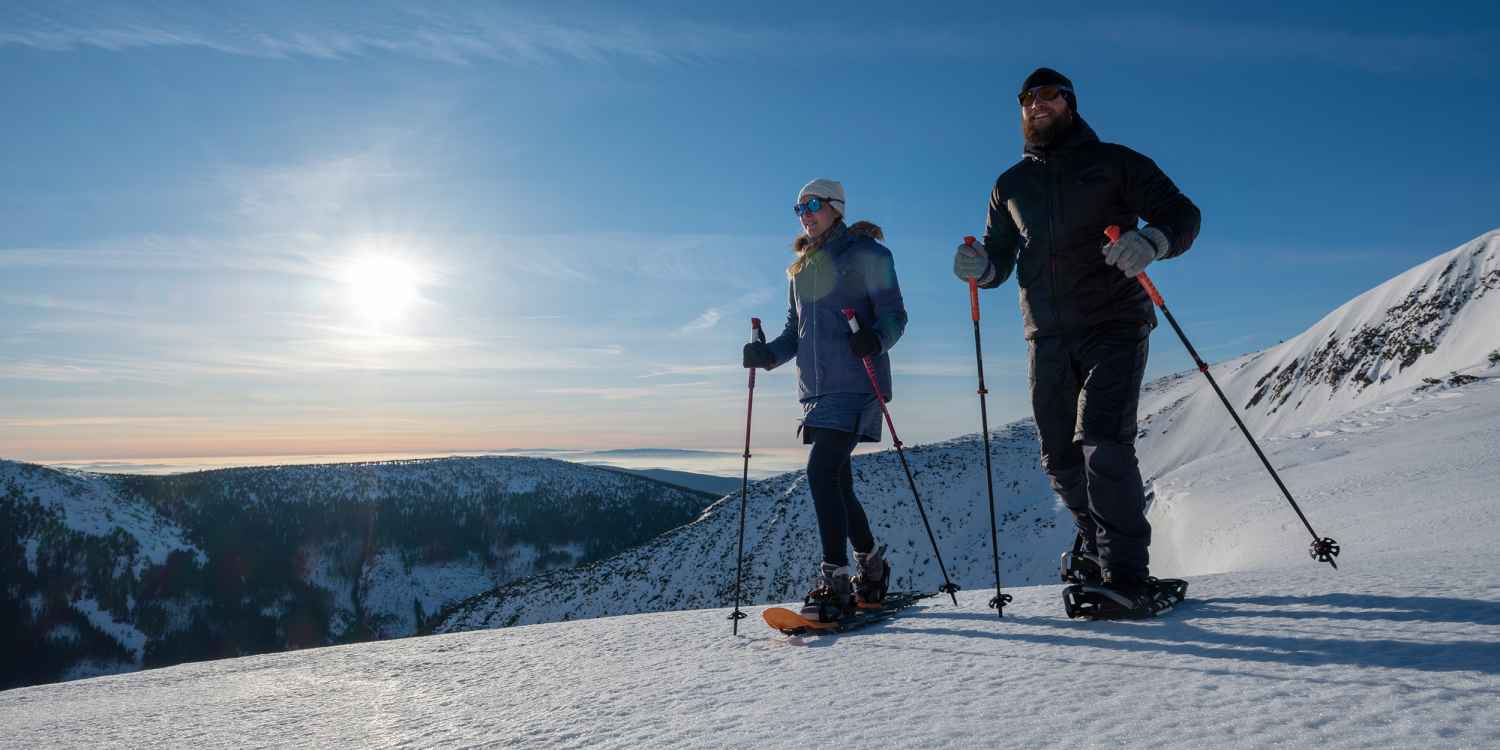
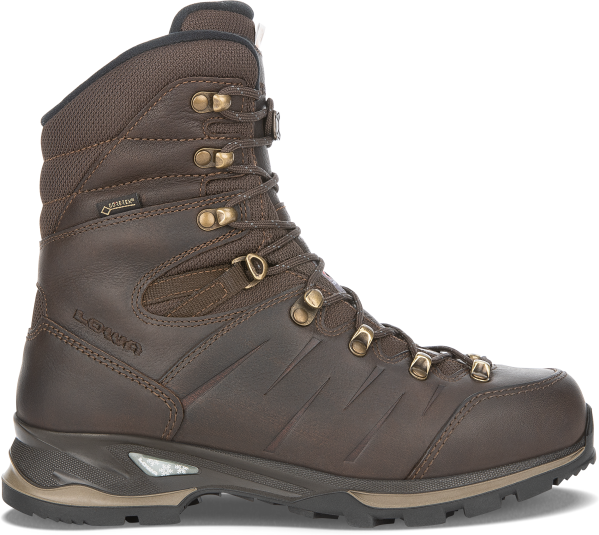
Our shoe tip:
YUKON ICE II GTX Ws
Model for Women
Model for Men
You will find a range of snowshoe manufacturers and models. But very few explicit varieties exist. Modern snowshoes designed for use in Alpine regions are made of plastic or aluminium. The underside of the frame is equipped with spikes. The snowshoe should also have a gripping claw attached to the underside of the binding where the ball of your foot is located to ensure that you will have the support you need to take on hard snow or steep terrain.
In addition to positioning on the shoe, the underside of the snowshoes is a critical factor. You should keep the following recommendations in mind: The farther you advance in steep, Alpine terrain, the larger the spikes on the underside should be.
The correct size has nothing to do with your normal shoe size. Your body weight is actually the decisive factor here: The more you weigh, the larger your snowshoes should be.
If you are not sure about which model would be the best for you, you can check out various shoes in advance at most ski hire stations and sporting goods shops. Regardless of the model you select, you should note that the bindings of the snowshoes to the hiking boots can certainly cause signs of wear.
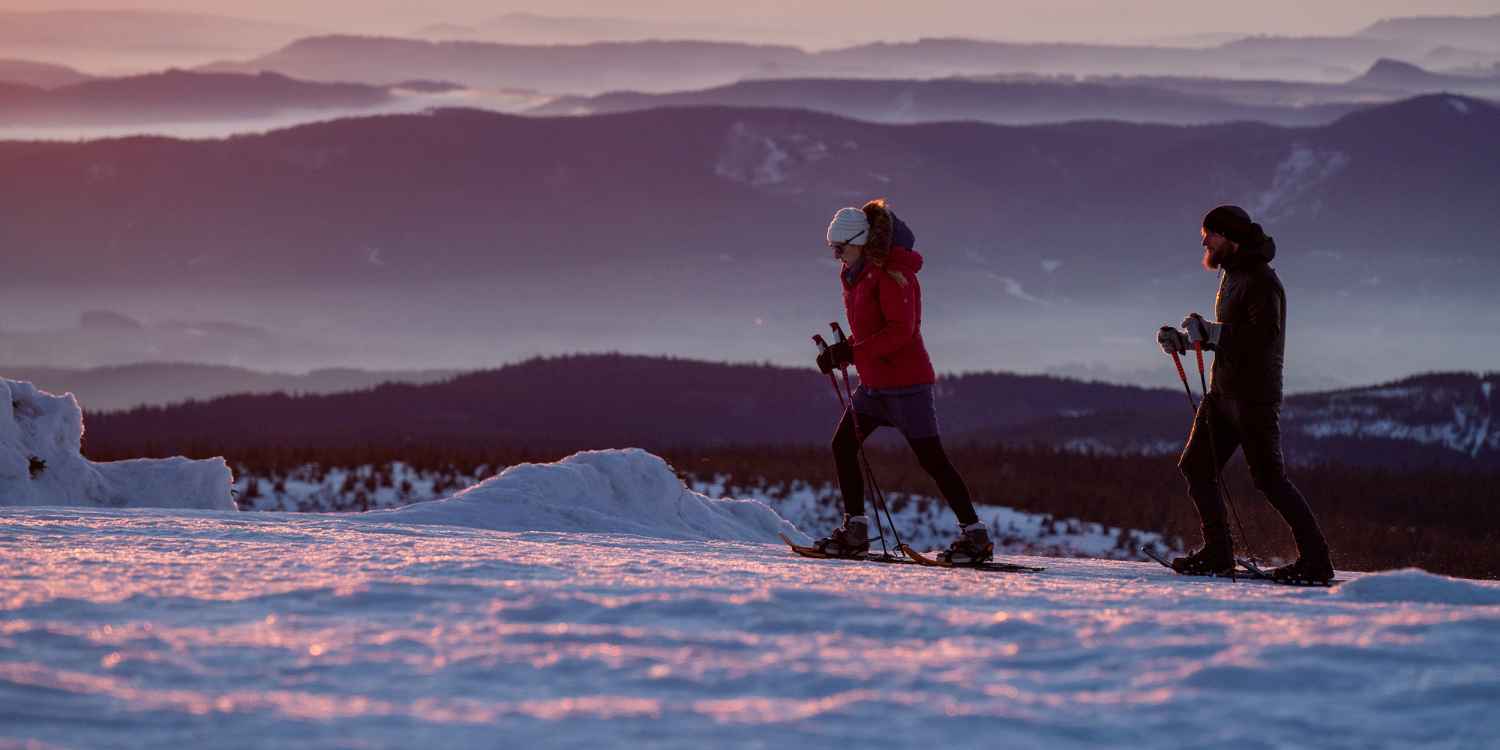

Our shoe tip:
TIBET SUPERWARM GTX
Model for Women
Model for Men
During a snowshoeing adventure, we recommend that you use different walking techniques, depending on the nature of the terrain you are tackling. When you are covering flat terrain, you can simply walk as you usually do. But when you start heading uphill, you should position your shoes in a V shape with the front pointed towards the outside. When heading downhill, you should assume a slight backseating position and bend your knees a bit to ensure a safe descent.
And there is one other point to keep in mind while snowshoeing as well: You should not use the climbing trails carved by ski tour walkers or cross-country ski tracks! The rule here is: Go your own way😉!

“Stay out of cross-country ski tracks and ascent trails. Snowshoeing is much more fun when you set off across open terrain anyway!”
— Alix von Melle | LOWA PRO Team
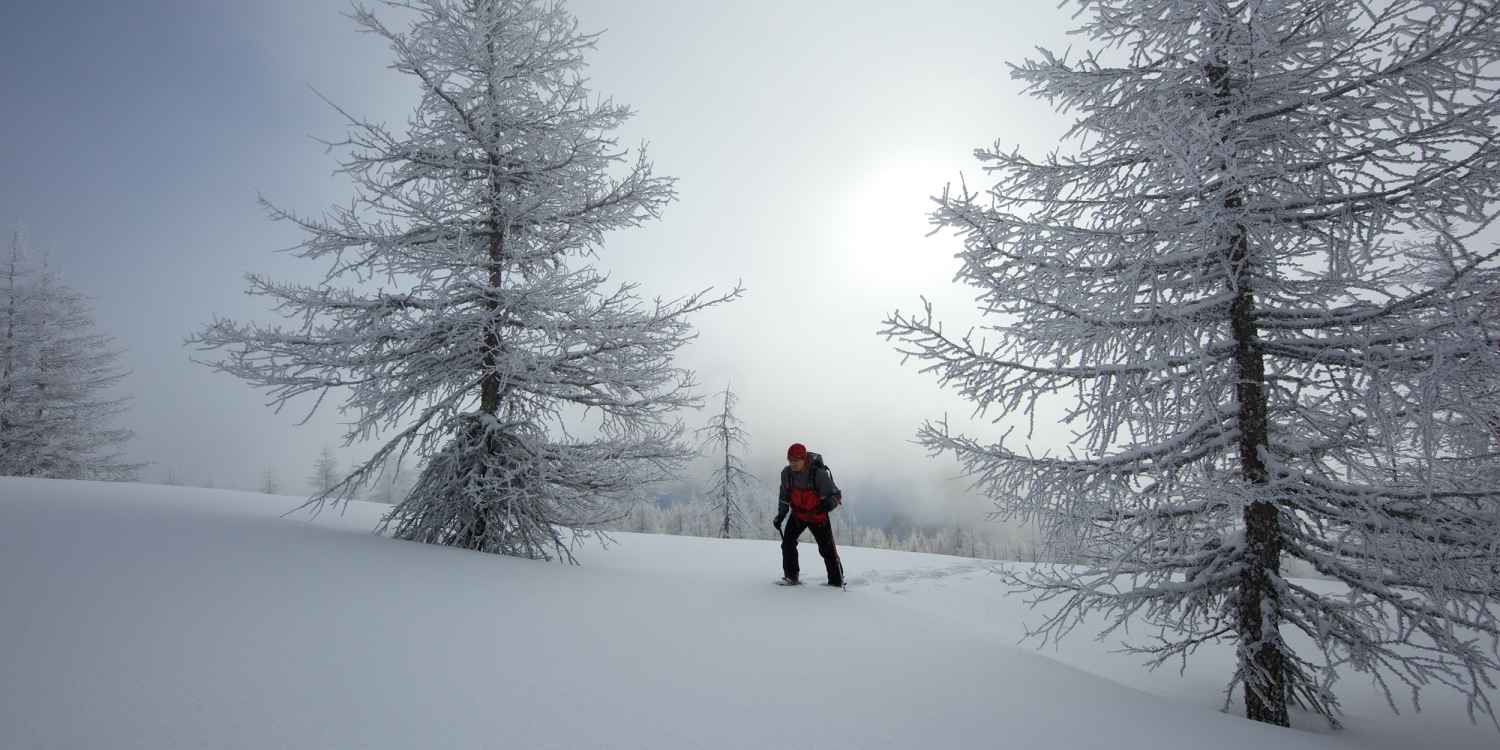
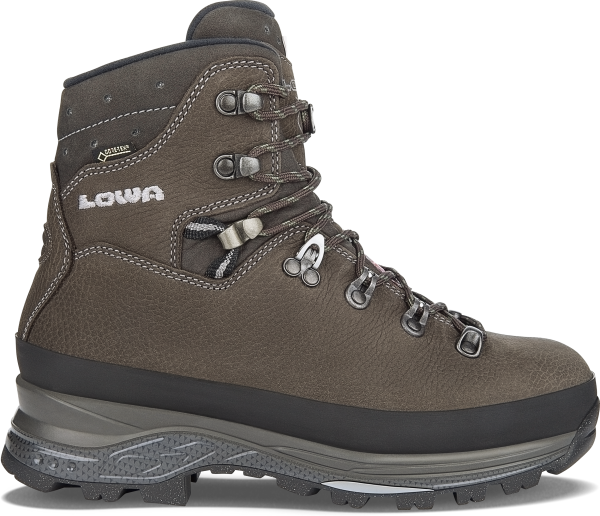
Our shoe tip:
TIBET SUPERWARM GTX Ws
Model for Women
Model for Men
You should never go snowshoeing by yourself. Your snowshoeing partners and you should also go over the basics before you set off each time. This means one thing: Discuss the Alpine dangers you may face! Foresight is always better than hindsight. It makes perfect sense to review the avalanche report, the weather forecast and the snow situation and to plan your tours accordingly. Special avalanche courses are also available for snowshoers.

Snowshoeing adventures frequently will take you into parts of nature that are very sensitive and serve as the winter homes of endangered species of animals. For this reason, you should pay special attention to nature during the winter, just as you do during the summer. No matter whether you are ploughing through a mountain forest or are using forest and hiking paths on open fields, you should stick to normal routes and not leave them. Trail signs will frequently take you on breathtaking and environmentally friendly snowshoe tours. By using them, you will not disturb animals unnecessarily, and they can wisely use the precious energy reserves that they need during the winter.